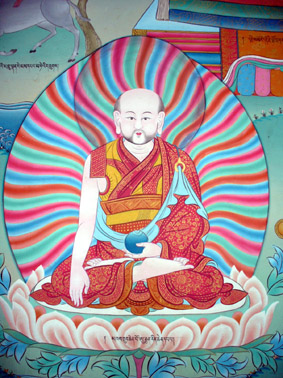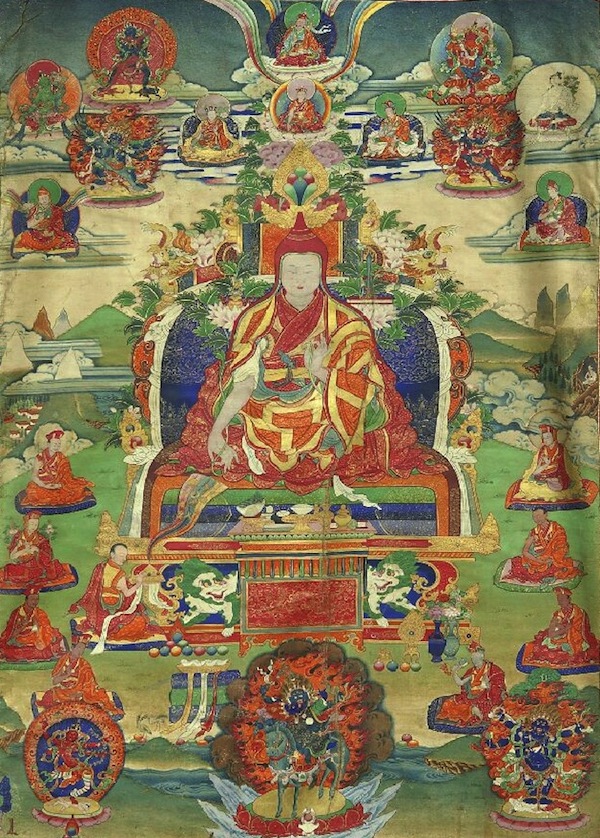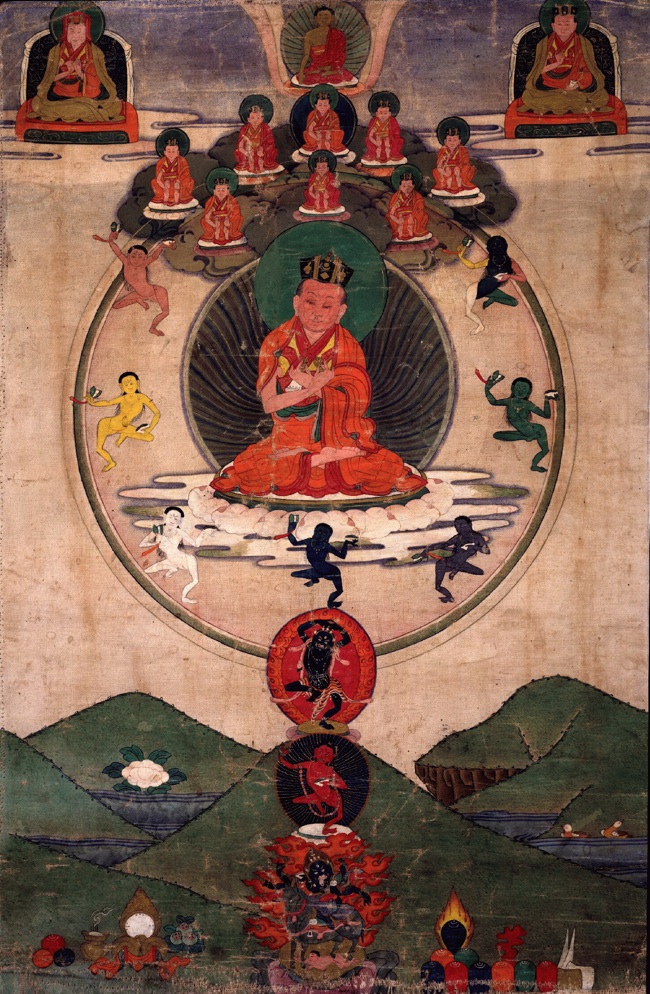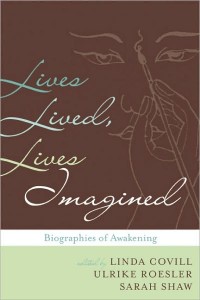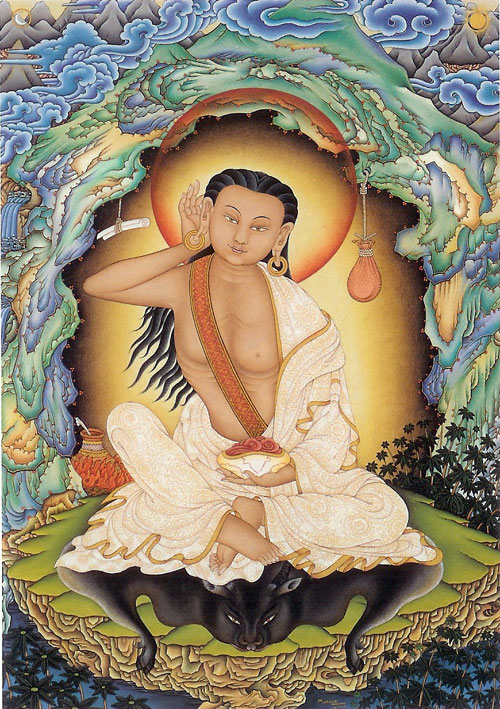The lineage of the Karmapas was prophesied by Shakyamuni Buddha who said that approximately 1600 years after his death an emanation of Avalokiteshvara (aka Chenrezig) the Bodhisattva of Compassion would be born. Karmapa literally means ‘one who manifests buddha activity’ and his activity is to preserve and spread the essence of the teachings of all the Buddhas. The Buddha predicted the Karmapa would propagate the teachings during the course of many successive incarnations. As well, the Buddha predicted, “In the future, a great bodhisattva with a ruby red crown will come to the suffering of the multitude, leading them out of their cyclic bewilderment and misery.” In the Karmapas and the Shamarpas, the Buddha’s predictions were fulfilled.
Archive for January, 2011
The Karmapa – Shamarpa Lineage
Monday, January 31st, 2011Urgyenpa on non-conceptuality
Thursday, January 27th, 2011“You need not make efforts to create non-conceptuality. You need not regard thoughts as a fault. And so that your practice does not succumb to famine, from the beginning have a bountiful crop. Not searching for a state that is calmly resting, vividly clear, and filled with bliss, bring into your experience whatever arises without taking it up or discarding it.”
– Drubtop Urgyenpa (1230-1312), Karma Kagyu lineage holder (between the 2nd and 3rd Karmapas)
Pim van Lommel on Consciousness Beyond Life
Monday, January 24th, 2011Renowned cardiologist Pim van Lommel, author of Consciousness Beyond Life: The Science of the Near-Death Experience , discusses his research into the near-death experience. In this extensive interview, he describes the brain as a “transceiver” which receives information from consciousness, states that everything originates from consciousness – which he describes as “fundamental” and “non-local” – and discusses the profound implications of his research for Western science.
Dewachen Wishes
Wednesday, January 19th, 2011Do one practice and go deep
Saturday, January 15th, 2011When you study, study everything under the sun.
When you reflect, keep an open mind.
When you practice, do one practice and go deep.
– Jamgön Kongtrul Lodrö Thaye, 1813-1899
New book with account of the early years of the 8th Karmapa
Sunday, January 9th, 2011A new book published by Wisdom Publications entitled “Lives Lived, Lives Imagined – Biographies of Awakening” is an impressive collection of cross-traditional accounts of the lives of Buddhist practitioners, with contributions from a range of contemporary authors and scholars. In particular, it contains a fascinating account of the early years of the Eighth Karmapa Mikyö Dorje (1507-1554).
The section of the book in question is “Narratives of Reincarnation, Politics of Power, and the Emergence of a Scholar – The Very Early Years of Mikyö Dorje”, by Jim Rheingans. In it, Rheingans presents a vast range of biographical and historical material on the early years of the Eighth Karmapa Mikyö Dorje, whose recognition and enthronement were overshadowed by attempts to install a rival candidate as the new Karmapa. Rheingans makes clear how the method of establishing spiritual lineages through identifying reincarnations was (and is) embedded into the politics of the day. Biographies and autobiographies reflect this religio-political dimension, and some of the stock elements of such narratives, like the self-recognition of an incarnate young lama or the establishment of the prototypical patron-priest relationship in later years, serve to legitimize the position of the Karmapa and establish the political alliances that were necessary for maintaining a religious legacy.
Milarepa’s Song to Lady Paldarboom
Thursday, January 6th, 2011In his teachings, Lama Ole Nydahl often refers to the kind of advice Milarepa would give to his female students about obstacles in meditation, for example: “when you can see the greatness of the mountain, how can you be disturbed by a few trees?” and “when you can experience the depth of the ocean, how can you be disturbed by waves?” Here is one of Milarepa’s songs, in a translation by Lama Ole and Hannah’s old friend Ken McLeod, in which this advice is contained:
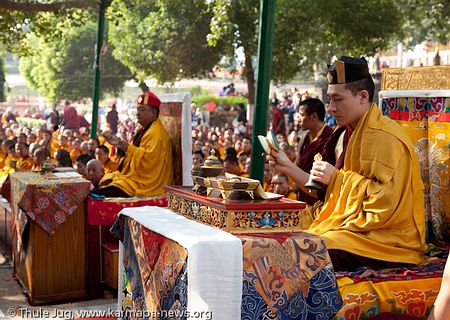
 Follow
Follow